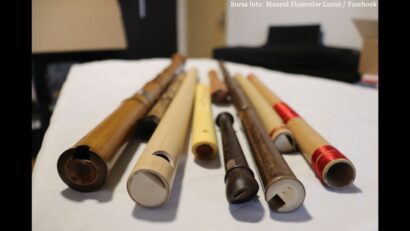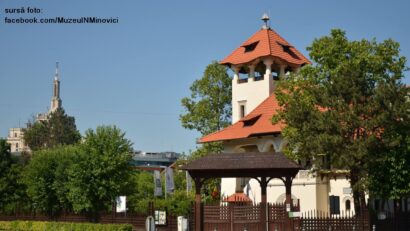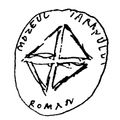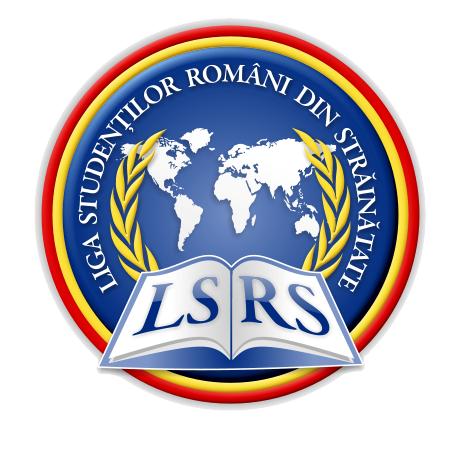The church and country estate in Mălâncrav
The Transylvanian village of Mălâncrav is home to the largest ethnic Saxon community in the area.

Christine Leșcu, 15.12.2013, 13:39
Mălâncrav, located south-west of the central Romanian town of Sighisoara, stands out among the Saxon villages in the area as home to the largest community of Saxon ethnics in Transylvania. This is perhaps why houses here have preserved most of their original features. Adriana Stroe, an art historian working for the National Heritage Institute, tells us about other original aspects in the history of Mălâncrav:
“The oldest records on the village date back to 1305, when Mălâncrav was one of the 13 Saxon serf villages in Transylvania. Unlike the free Saxon villages founded on royal estates, the Saxon serf villages were established on noblemen estates. Saxon peasants had been originally drawn there by the promise of many privileges, but over the years their rights were drastically reduced. In 1340, Mălâncrav and four other villages in the area were property of the Apafi family.
A 1424 papal document mentions the existence of a nobleman’s chapel dedicated to the Precious Blood of Christ, which indicates that a noble family residence was also to be found in the region. In 1635, the old chapel was replaced by a tomb-chapel where Mihail Apafi, his wife and three children were buried. Their tombstones were made by the well-known sculptor Elias Nikolai. At present, these tombstones are hosted by the Budapest Art Museum.”
Two symbols of Mălâncrav make the village a landmark for Romanian and European heritage: the mural paintings in the Evangelical church, and the Apafi mansion. Here is Adriana Stroe again:
“The Evangelical church was built in the early 14th Century in Gothic style, but the door and window frames on the western side were replaced in the late 15th Century with late Gothic elements, which have been preserved to this day. The church is surrounded by an oval brick and stone wall, erected at the same time with the church, and having some fortification elements added in the late 15th — early 16th Century. In the mid-14th Century, the church walls were decorated with linear narrative paintings, which have been preserved in part, on the northern wall of the nave. The paintings depict scenes from the Genesis, Christ’s childhood, the Passions, the appearance of Christ after Resurrection, and scenes from the life of Virgin Mary. This set of mural paintings is viewed as the largest and the most characteristic Transylvanian mural painting collection in Gothic linear narrative style. Between 1375 and 1405, the choir area was extended and decorated with international Gothic-style paintings, defined by the elegance of silhouettes and the refinement of the composition. The Mălâncrav choir mural painting is the first and most notable collection of this kind in Transylvania.”
The altar paintings, the font and tabernacle on the northern wall of the choir area, also belong to the Gothic style.
Restored recently, after having been neglected by authorities for several decades, the Apafi mansion is another tourist attraction in the area, and illustrates the history of the village. Adriana Stroe from the National Heritage Institute, has more details:
“The aristocratic residence in Mălâncrav is centred around the council hall built in the 15th Century by the Apafi family, the descendants of a Saxon count family. Archaeological works proved that the residence was built and extended in several stages. The 15th Century nucleus was enlarged in the late 16th and early 17th centuries. The current shape of the mansion is owing to the changes made in the 18th and 19th centuries, when the mansion was taken over by the Bethlen family, one of the most important noble families in medieval Transylvania. In 1920 the mansion was sold by its last owner to the Evangelical community of Mălâncrav, and it was seized by the communist authorities after 1947. For a while, it was used as an office building for a farm. In 2000, the mansion was bought by the Mihai Eminescu Trust and restored.”





























